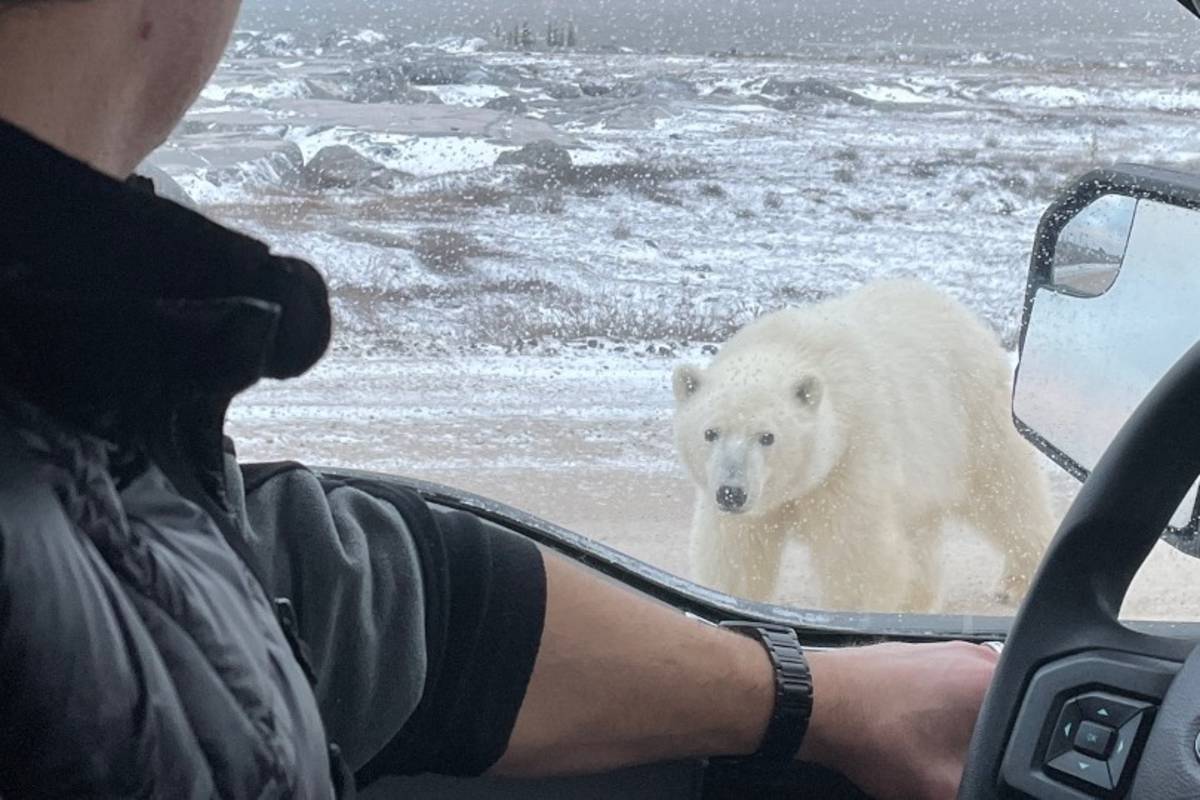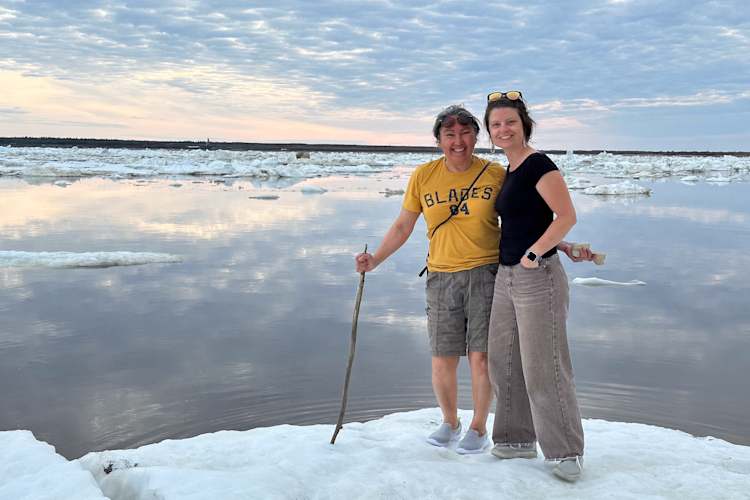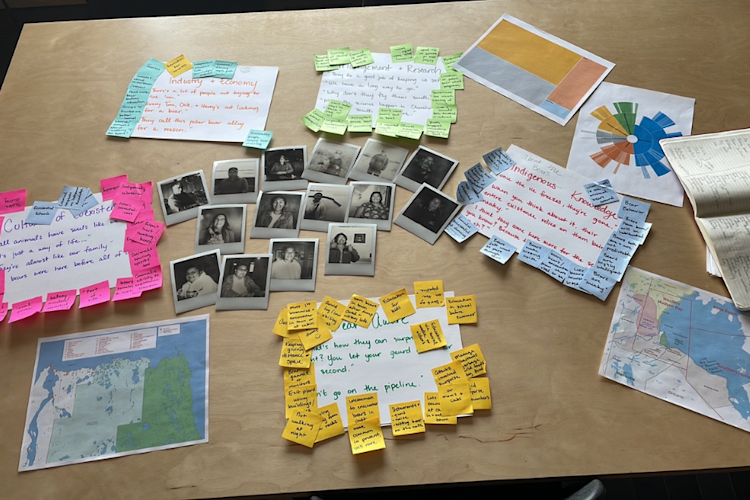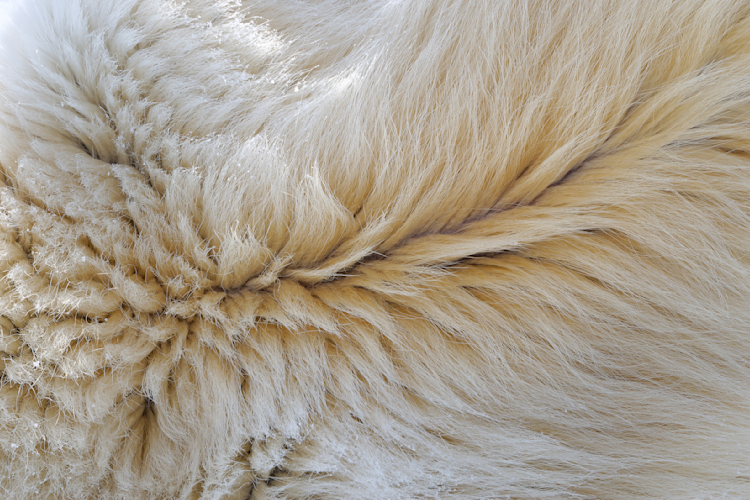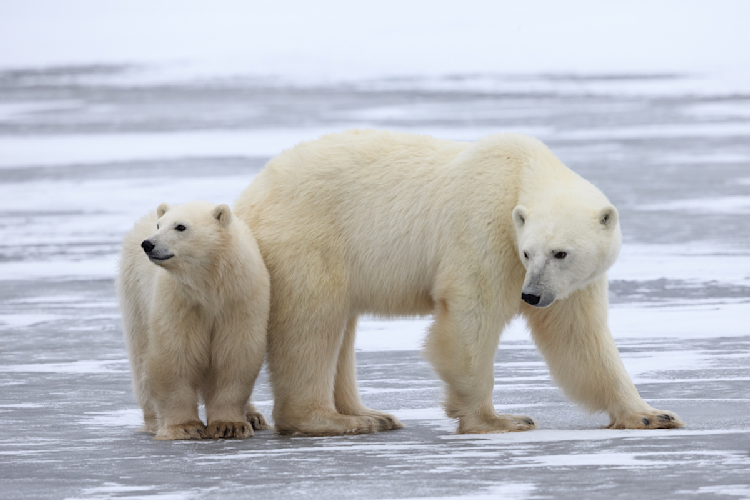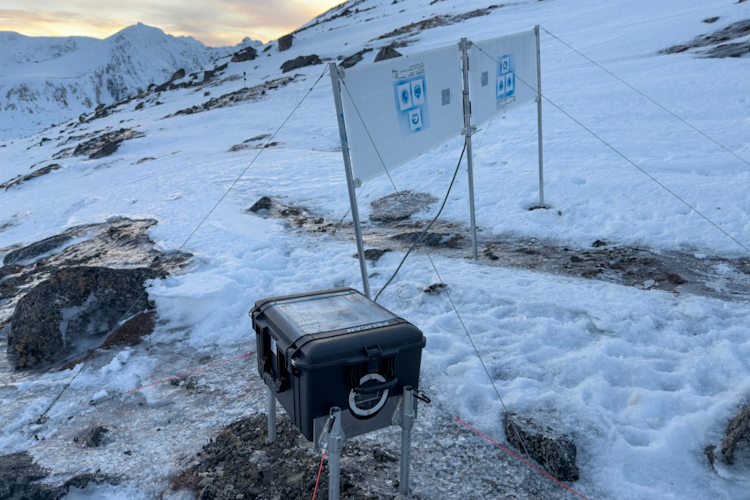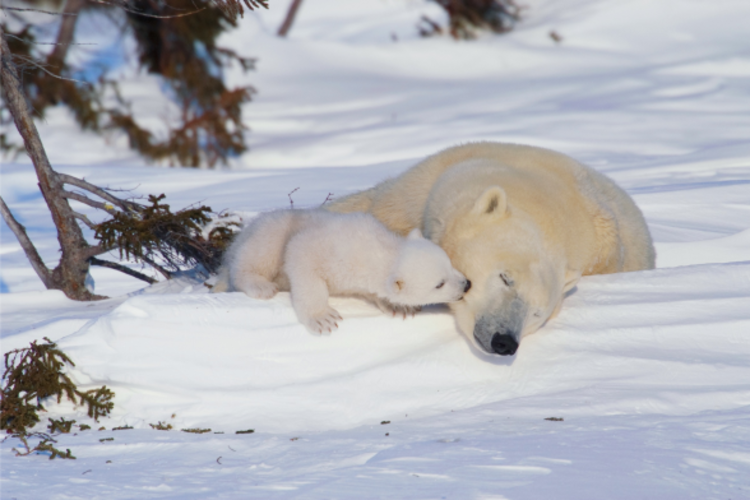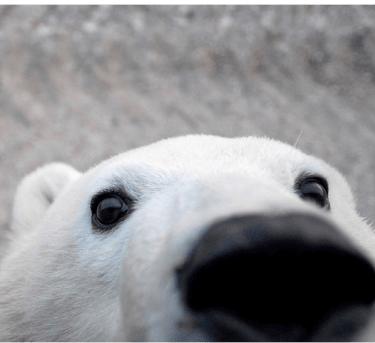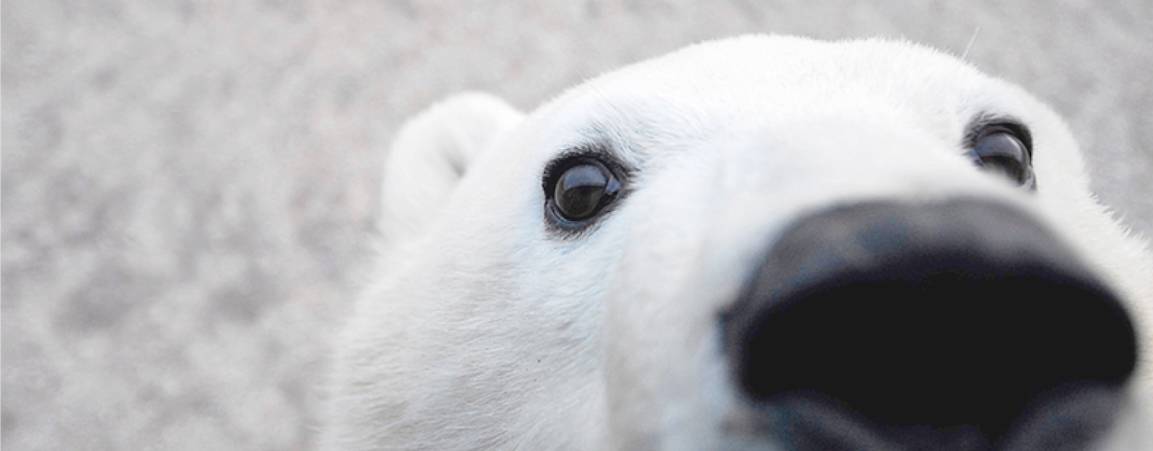On a recent visit to Churchill, I met with Georgina to reflect on the study and its impact.
Kt: This whole project started with a cup of tea. I was looking for a Churchill resident to serve as my co-researcher. I wanted someone who was a really good listener, who was respected in the community and would want to sit in on all of the storytelling sessions with me. I asked around Churchill, and it took almost two weeks, but finally I met you over a cup of tea. What did you think when we first met?
Georgina: The storytelling part of the project really excited me. I loved that idea. I had just retired, so I had lots of time.
Kt: We put together a trip to York Factory to get to know each other and plan the project. This is a research method called engaged acclimatization, essentially helping a researcher build cultural capacity and awareness. I knew York Factory was important to you and the community, since many Cree families were relocated to Churchill from there when the fur trade came to an end. What was it like to go to York Factory together?
Georgina: It was kind of surreal because my dad entered my mind and didn't leave until I was leaving there. I hadn't ever taken the time to think about my father's passing, and I don't even think I took the time to grieve until that very trip, which was a really remarkable thing. It took going back there to awaken that. All I could think about as we were leaving York Factory was that “this is going to be a good project in so many ways.” Going back to our ancestral roots, it was like I could feel the energy of our ancestors blessing the project or, you know, saying that it was okay. It's almost like we went to the land to ask for its blessing.
And then we came home and we got busy on the project right away. We started chasing people down and sharing stories.
Kt: What was that like to work with me as a researcher, to go ask people to sit down and share stories?
Georgina: You know, it could have been a hard thing to do, but I think your personality and me being a local made it easier. We'd say, “Do you want to have a coffee and share stories?” And they'd say, “Okay, what time?” And we always had some tasty food to share too.
I remember when I left the first storytelling session I thought, “Wow, that really awakened a part of our culture.” I imagined our mothers all sitting around telling stories, like they used to do all the time. It was an important thing, you know?
Kt: After we did all the storytelling sessions I went home, spent a bunch of time analyzing the data, and came back with a whole bunch of sticky notes (codes) and colorful pieces of paper (themes). We sat down with Churchill’s Indigenous Knowledge Keepers first and then the other participants to share the initial findings.What was that like for you?
Georgina: You had everything so organized with visuals that it wasn’t overwhelming to process. It was broken up into chunks and that was a great approach. I'll never forget all those sticky notes, it must have been over a hundred of them! The way you organized the information was important.
Kt: Then I disappeared again and came back with a bunch of podcasts. What did you think when you first heard them?
Georgina: There's something about hearing your own voice or the voices of people you know that captures your attention. When I was a kid there was no TV, but there was always a radio. Everybody had a radio, and we listened all the time. I think the podcast reminded everyone of sitting around as kids listening to the radio. That was really cool.
